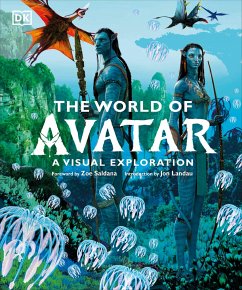
Achieving Crystalline Perfection: Optimizing PVD for Superior Thin Film Quality
Versandkostenfrei!
Versandfertig in 6-10 Tagen
28,39 €
inkl. MwSt.

PAYBACK Punkte
0 °P sammeln!
While diamond is often regarded as the ultimate semiconductor due to its superior physical and chemical properties relative to the other candidates, the challenge remains to achieve large diameter films through cost-efficient methods. Chemical vapor deposition (CVD) techniques have enabled the growth of diamond films up to 3 inches (76.2 mm) via heteroepitaxial processes.1 However, the dislocation densities are of the order of 107-109 cm-2. In contrast, high pressure and high temperature (HPHT) techniques have allowed diamond substrates of higher purity and lower defect density to be produced ...
While diamond is often regarded as the ultimate semiconductor due to its superior physical and chemical properties relative to the other candidates, the challenge remains to achieve large diameter films through cost-efficient methods. Chemical vapor deposition (CVD) techniques have enabled the growth of diamond films up to 3 inches (76.2 mm) via heteroepitaxial processes.1 However, the dislocation densities are of the order of 107-109 cm-2. In contrast, high pressure and high temperature (HPHT) techniques have allowed diamond substrates of higher purity and lower defect density to be produced relative to those achieved via CVD, though, at this writing, they are limited to a maximum of 10x10 mm2 in size.1 AlN crystal growth faces challenges due to its extremely high melting point of 3200 ,2 making direct melt growth unfeasible. Use of alternative growth techniques, such as physical vapor transport (PVT)3,4 and hydride/halide vapor phase epitaxy (HVPE),5 have allowed the growth ofbulk AlN materials up to 2.5 inches (63.5 mm) in size.














